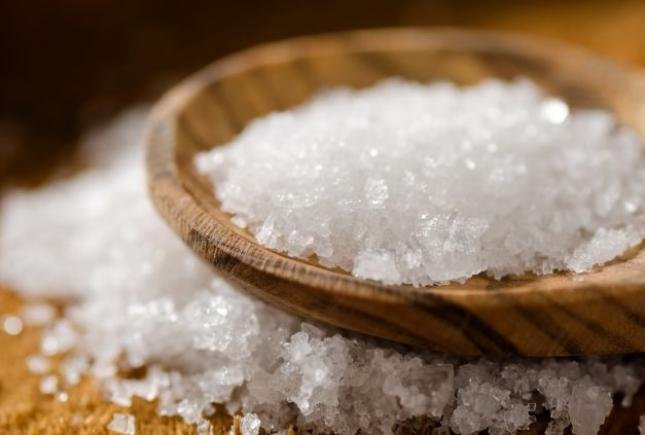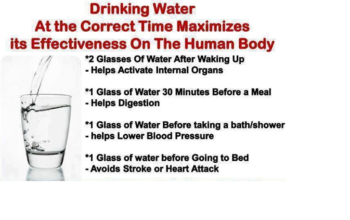Living with migraines can be a challenging experience, and understanding potential triggers is crucial for effective management. One often-overlooked factor in migraine prevention and treatment is salt intake. While the relationship between salt and migraines is complex, emerging research suggests that dietary sodium plays a significant role in neurological health.
The Complex Relationship Between Salt and Migraines
Recent studies have revealed a nuanced connection between salt consumption and migraine frequency. Historically, medical professionals have observed varied responses to salt intake among migraine sufferers. Some individuals report that sudden changes in salt consumption can trigger or exacerbate migraine symptoms, while others find that strategic salt intake might actually provide relief.
A pivotal 2016 study highlighted the intricate nature of this relationship. Researchers discovered that salt withdrawal can potentially trigger migraine attacks, particularly in individuals accustomed to high-sodium diets. This phenomenon is similar to withdrawal symptoms experienced in other neurological conditions, demonstrating the complex interplay between dietary habits and neurological responses.
How Salt Intake Affects Migraine Symptoms
The mechanisms linking salt intake to migraines are multifaceted. Electrolyte balance and hydration play crucial roles in neurological function. High sodium foods can potentially impact:
- Blood pressure regulation
- Neurological signal transmission
- Inflammatory responses
Interestingly, a 1980 study suggested that some individuals might actually prevent migraine attacks by consuming something salty before symptom onset. This finding underscores the importance of personalized dietary approaches in migraine management.
Managing Migraines Through Dietary Changes
While there’s no one-size-fits-all solution, several practical strategies can help manage migraines through dietary modifications:
- Monitor sodium intake: Keep a food diary to track salt consumption and potential migraine triggers
- Stay hydrated: Maintain consistent fluid intake to support electrolyte balance
- Choose whole foods: Reduce processed foods which often contain high sodium levels
- Gradual modifications: Make dietary changes gradually to minimize withdrawal symptoms
Alternative Treatments and Therapies
Beyond dietary interventions, emerging technologies offer promising migraine management options. Neurostimulation devices have shown remarkable potential in clinical trials, providing non-invasive alternatives for individuals seeking comprehensive migraine treatment strategies.
These devices work by targeting specific neurological pathways, potentially reducing migraine frequency and severity. Clinical studies have demonstrated impressive results, with some patients experiencing significant symptom reduction.
Important Considerations
It’s crucial to emphasize that individual experiences with migraines vary dramatically. What works for one person might not be effective for another. Consulting healthcare professionals remains the most reliable approach to developing a personalized migraine management plan.
Individuals should consider multiple factors when addressing migraines, including:
- Genetic predispositions
- Overall health conditions
- Stress levels
- Hormonal changes
- Sleep patterns
Conclusion
The relationship between salt and migraines is intricate and highly individualized. While dietary modifications can be beneficial, they represent just one component of comprehensive migraine management. Continued research and personalized medical guidance remain essential in understanding and treating this complex neurological condition.
By maintaining an open dialogue with healthcare providers and staying informed about emerging research, individuals can develop effective strategies for managing migraine symptoms and improving overall quality of life.





